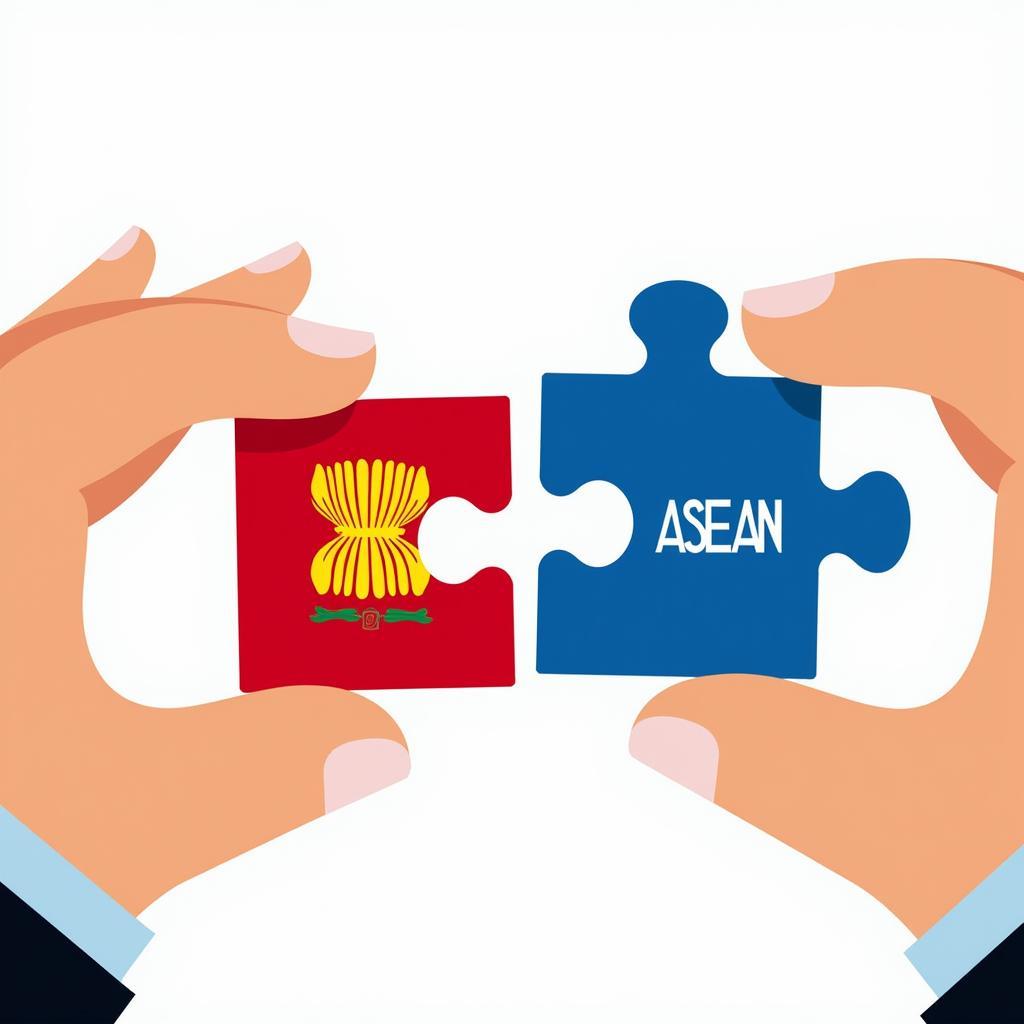Active sports are experiencing a surge in popularity across Southeast Asia, igniting a vibrant scene of passion, competition, and community engagement. From adrenaline-pumping action to the thrill of the game, these sports have captured the hearts of millions, inspiring a new generation of athletes and enthusiasts alike.
The Rise of Active Sports in Southeast Asia
What drives this growing trend? Several factors contribute to the flourishing of active sports in Southeast Asia.
- A Young and Energetic Population: Southeast Asia boasts a youthful population with a penchant for an active lifestyle. This demographic is eager to embrace new experiences and participate in sports that offer excitement and physical challenges.
- Increased Awareness of Health and Fitness: Health and wellness have become increasingly important across the region, leading to a greater focus on physical activity and sports participation.
- Social Media Influence: Social media platforms play a crucial role in promoting active sports. Athletes, influencers, and enthusiasts share their passion and experiences, inspiring others to join the movement.
- Government Initiatives: Several Southeast Asian governments have implemented initiatives to promote sports and recreation, investing in infrastructure, training programs, and events.
Popular Active Sports in Southeast Asia:
Southeast Asia has a rich sporting heritage, encompassing traditional and modern sports, attracting a diverse audience. Here are some of the most popular active sports in the region:
- Football (Soccer): Football is undoubtedly the king of sports in Southeast Asia, with a massive following and a strong regional league system.
- Basketball: Basketball is another beloved sport, gaining popularity in recent years with the rise of professional leagues and international tournaments.
- Volleyball: Volleyball is widely popular both as a spectator sport and as a recreational activity, particularly in beach settings.
- Badminton: Badminton enjoys a dedicated following, with a strong presence in both professional and amateur circles.
- Martial Arts: Martial arts like Muay Thai, Taekwondo, and Boxing are deeply embedded in Southeast Asian culture, attracting passionate practitioners and spectators.
- E-Sports: The rise of e-sports has created a new wave of excitement in Southeast Asia, with gamers showcasing their skills in online competitions and attracting large audiences.
Active Sports Events and Tournaments
Southeast Asia is home to a variety of active sports events and tournaments throughout the year, attracting international attention. Here are some notable examples:
- AFF Suzuki Cup: The premier football tournament in Southeast Asia, drawing massive crowds and showcasing the region’s top teams.
- SEA Games: The biennial multi-sport event brings together athletes from all Southeast Asian countries to compete in various disciplines.
- Southeast Asian Games: These games provide a platform for regional athletes to compete across different sports, fostering camaraderie and promoting sportsmanship.
- International Badminton Tournaments: Southeast Asian countries regularly host international badminton tournaments, attracting top players from around the world.
- Muay Thai Championships: Muay Thai championships in Thailand, Malaysia, and other Southeast Asian countries draw crowds of enthusiasts and attract international fighters.
“Active sports are not just about physical fitness; they foster a sense of community, teamwork, and sportsmanship,” says [Expert 1 Name], a renowned sports commentator and analyst. “The vibrant sporting scene in Southeast Asia is a testament to the region’s passion for these activities and the positive impact they have on society.”
Active Sports and Tourism in Southeast Asia:
Active sports are also contributing to the region’s tourism industry.
- Adventure Sports: Southeast Asia’s diverse landscapes offer opportunities for adventure sports like trekking, rock climbing, and whitewater rafting, attracting tourists seeking thrilling experiences.
- Water Sports: The region’s beaches and islands are ideal destinations for water sports like diving, snorkeling, surfing, and kitesurfing, attracting watersports enthusiasts.
- Sports Tourism: Major sporting events and tournaments draw tourists from across the globe, boosting local economies and showcasing the region’s cultural diversity.
“The tourism industry in Southeast Asia is capitalizing on the growing popularity of active sports,” says [Expert 2 Name], a travel industry expert. “Offering unique experiences and opportunities for participation is attracting visitors who are seeking adventure and engaging activities.”
Conclusion:
Active sports are a vibrant and dynamic part of Southeast Asian culture, fostering a spirit of competition, community, and healthy living. From football to badminton, from martial arts to e-sports, the region boasts a diverse range of sporting activities that captivate audiences and inspire athletes. With a young population, increasing health awareness, and supportive government initiatives, active sports in Southeast Asia are poised for continued growth and success.
FAQ:
-
Q: What are some of the most popular active sports in Southeast Asia?
- A: Football (Soccer), Basketball, Volleyball, Badminton, Martial Arts, and E-Sports are among the most popular active sports in Southeast Asia.
-
Q: What are some major active sports events in Southeast Asia?
- A: The AFF Suzuki Cup, the SEA Games, Southeast Asian Games, International Badminton Tournaments, and Muay Thai Championships are just a few of the major active sports events held in Southeast Asia.
-
Q: How are active sports impacting tourism in Southeast Asia?
- A: Active sports are contributing to the region’s tourism industry by attracting tourists seeking adventure and engaging activities, particularly for adventure sports, water sports, and sports tourism.
-
Q: What are some of the challenges facing active sports in Southeast Asia?
- A: Some of the challenges facing active sports in Southeast Asia include lack of funding, inadequate infrastructure, and limited professional opportunities in some sports.
-
Q: What is the future outlook for active sports in Southeast Asia?
- A: The future of active sports in Southeast Asia appears bright with a young and energetic population, increased health awareness, and supportive government initiatives. The region’s vibrant sporting scene is expected to continue growing and evolving in the coming years.

